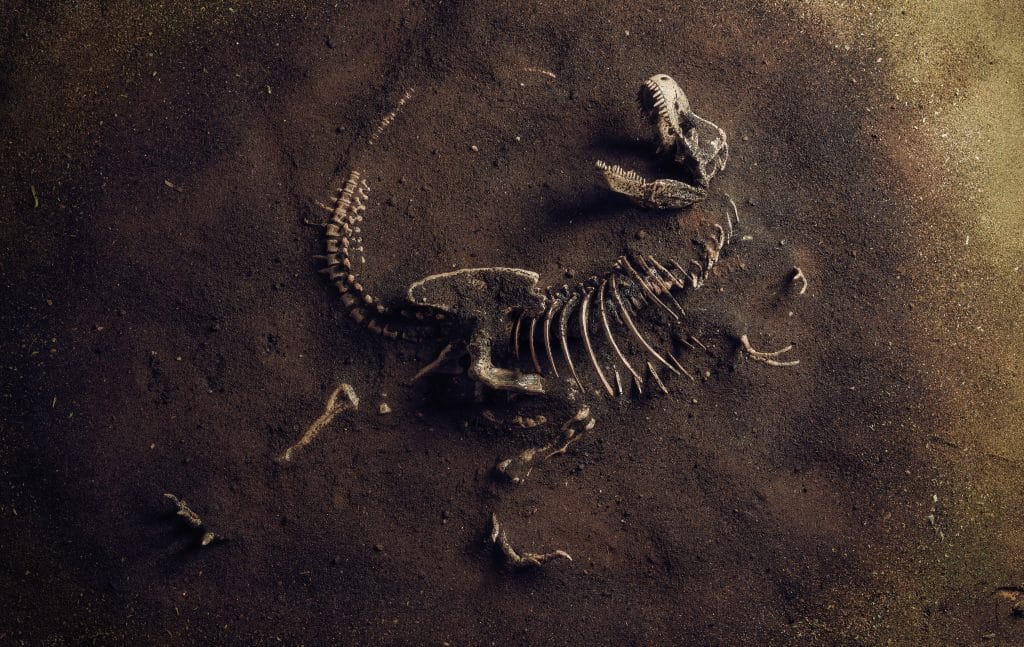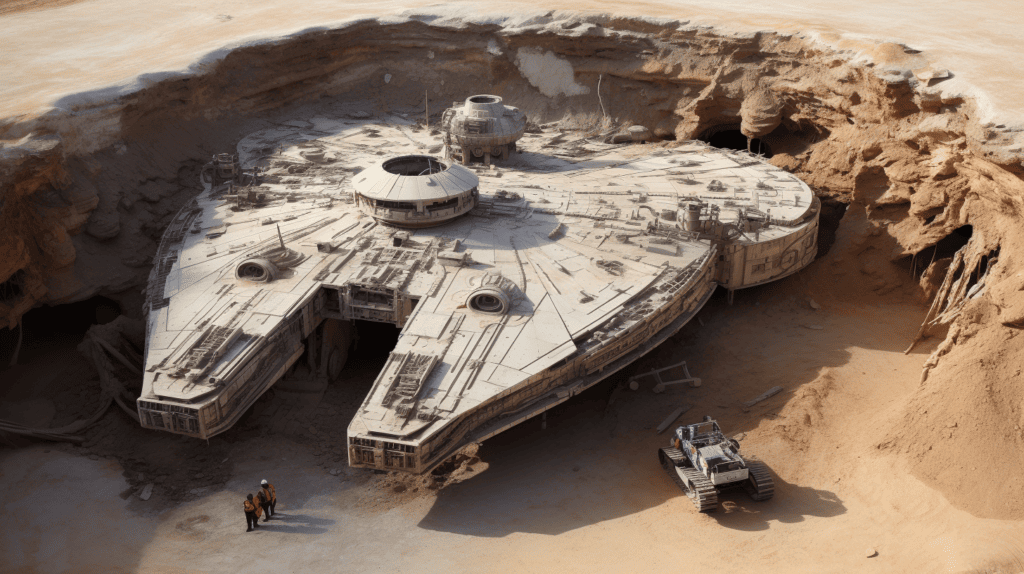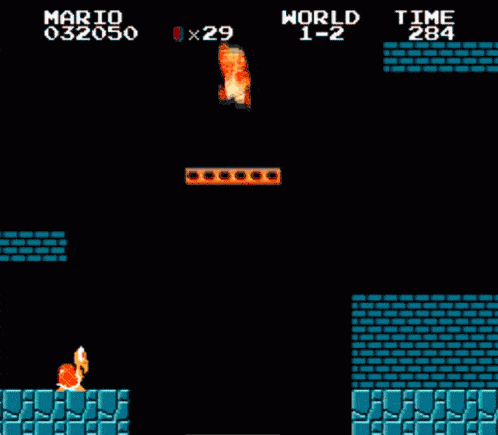Artifacts
(This artifact is a work in progress, which I’ll expand over time)
💡Artifacts are any elements existing in your Open World (i.e. characters, events, lore, weapons, books, movies, games, t-shirts, toys, etc.) that make your worlds more immersive for your Explorers.

Think of Artifacts as any piece of content that brings richness and realism to your world.
Artifacts and Explorers are essential to Open Worldbuilding and should be one of the two key focuses for any Open Worldbuilder.
Artifacts simply make your world more immersive to Explorers of your open world.
Explorers discover Artifacts while exploring the open world you’re building.
Think of it like this:
Everything you create for (or in) your world is an Artifact — yes, everything.
Understanding Artifacts:
The Archeology Analogy
In archeology, artifacts are any piece of evidence that gives possible clues into ancient worlds that are not yet known or fully understood by archeology teams.
Artifacts could be:
- jewelry beads
- axes and tools
- ceramic vase fragments
- religious relics
- inscriptions carved in stone
- bones of a prehistoric creature
- even megalithic statues

No matter how insignificantly small or massively large an item is, as long as it plays its role of providing clues and evidence of what may have happened in the past — science considers it an Artifact.
Artifacts work nearly the same in Open Worldbuilding.

If an item gives even the slightest amount of insight and information about your world or makes it just a tad more real in an Explorer’s mind — it’s an AFrtifact.
Open World Artifacts include:
- Background Characters
- The Ring of Power
- Lightsabers
- The Triforce Lore
- Hogwarts School of Witchcraft and Wizardry
- Scar (Fortnite Assault Rifle)
- Heighliners (interstellar transport vessels)
- Pikachus (the entire species)
- The history of Middle Earth
- A single event in Middle Earth
- The Star Wars theme song
- Mario’s ability to jump and break bricks
Everything that makes up your world are Artifacts.
Artifacts are Upgradable
The process of evolving an Artifact from one medium (phase) to the next based on its popularity and perceived value is called Upgrading.
Artifacts usually always start from written text (of some form) and upgrade to higher phases based on Fan Demand, The Worldbuilder’s budget and their own internal resources.
Here are the phases Artifacts Upgrade to and through:
Text → Illustration → Audio → Animation → Film → Video Games
Here’s the key:
Understanding the Upgrading nature of Artifacts allows Worldbuilders to build Open Worlds and attract Explorers no matter how Iconic or Micro a World is.
With Upgrading and Open Worldbuilding, the lack of money no longer becomes an obstacle.
If a Worldbuilder can express an idea in text form, they can publish that idea as an Artifact in their Open World — at little-to-no costs.
Then that Artifact can be upgraded from Text to Illustrations, Illustrations to Audio Dramas, to Animations, to Films, and on and on.
Products are Artifacts

Yes — even the products you create are indeed Artifacts.
Your products should give massive insight into your world and make your world crystal clear in the minds of your Explorers.
Product Artifacts should unlock key aspects of your world, its characters and little-known (but pivotal) events that your Explorers couldn’t previously access.
In other words, they SHOULD be valuable to your Fans!
This is why they’d pay for the product in the first place…
Look at products as just Artifacts (or large collections of Artifacts) that require payment to access.
And when you position the right Artifacts as Products, the payoff could be massive…
Just ask the developers of Pokemon Go…
Artifacts can be Hidden
Artifacts become extremely valuable when you make them discoverable.
This means, as Open Worldbuilders, it is our job to create and hide Artifacts in our worlds and find fun / adventurous ways for Explorers to find them.
Bury your Artifacts & make them discoverable…
Many times, this means creating narrow paths for Explorers to discover them rather than just handing the Artifacts to them.
An iconic example of buried Artifacts are the hidden warp zones in Super Mario Bros.

If you’re old enough to know about this, then you remember how world warps were planted intentionally planted in the game for players to “discover” and make the world even more immersive for them.
Something really magical happens when Artifacts are hidden by the Worldbuilder and found “in the ground” by the Explorer — rather than by handing it to them on a silver platter…
You’re aiming for magic — so create situations for Explorers to discover Artifacts on their own terms, on their own journey — even if the path is completely predetermined by you.
BTW: The game wizards at Nintendo are masters at this style of creating discoverable Artifacts. Here’s an amazing rundown of how they’ve demonstrated this mastery with Legend of Zelda: Breath of the Wild.
It’s similar to an archaeologist uncovering fossils or ancient Artifacts.
Over time, you’ll build up so many Artifacts, Explorers will happily dive deep into your world’s rabbit holes to get lost in the stories and Artifacts they discover along the way.
⚡Next Steps
Check out Part II of my Iconic Worlds Primer for deeper dives into the Artifacts Framework that’s used by so many of your favorite iconic worldbuilders.
